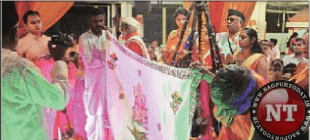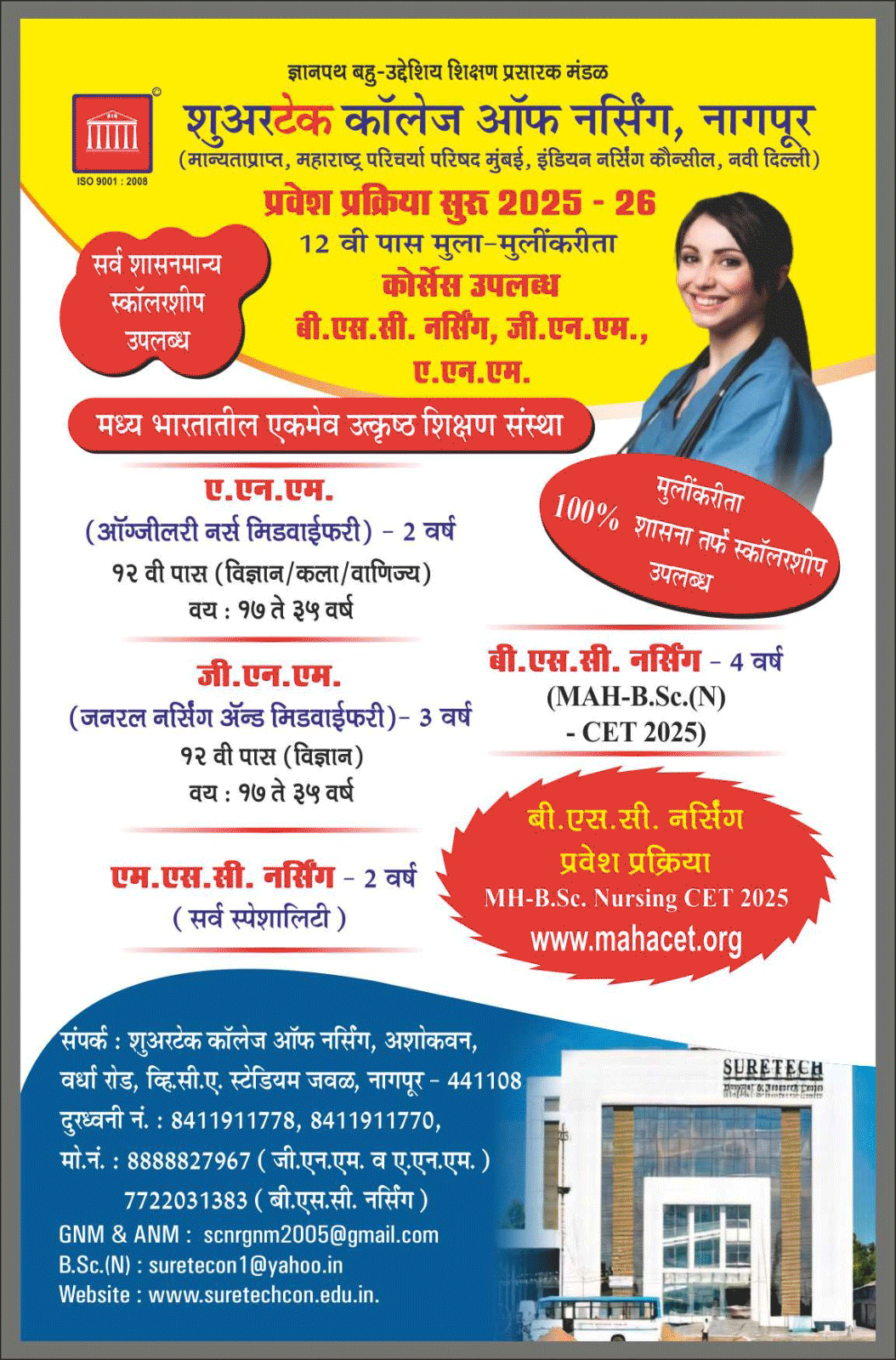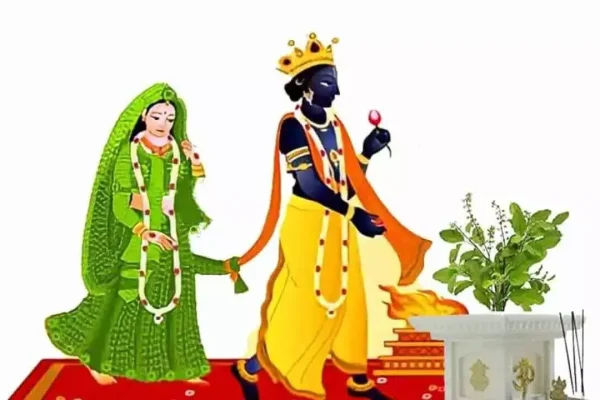Nagpur: The Gorakshan Sabha in Dhantoli, Nagpur, celebrated the auspicious Tulsi Vivah ceremony on Thursday, symbolizing the ceremonial marriage of Lord Krishna and the Tulsi plant. This traditional event, revered as the start of the Hindu marriage season, brought together devotees in a vibrant and spiritual gathering.
The festivities began with a lively baraat procession from Sai Mandir in Dhantoli, accompanied by music and chants. The procession made its way to Gopal Krishna Temple, where a large crowd of devotees eagerly awaited to participate in the rituals.
At the temple, devotees performed customary prayers and observed the sacred rituals associated with Tulsi Vivah. The symbolic marriage between Lord Krishna and Tulsi, represented by the holy basil plant, reflects a deep-rooted tradition and spiritual belief that heralds the onset of the wedding season in Hindu culture.
The event was a heart-warming reminder of cultural heritage and faith, drawing families and devotees from across the community to partake in the celebration.

The expenses of the wedding are usually borne by a daughter-less couple, who act as the parents of Tulsi in the ritual wedding. The giving away of the daughter Tulsi (kanyadaan) to Krishna is considered meritorious to the couple. The bridal offerings to Tulsi are given to a Brahmin priest or female ascetics after the ceremony.















